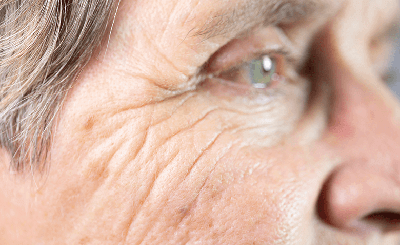Hydroquinone for Melasma - A Snapshot
- Hydroquinone is a widely recognised and effective skin-lightening agent used for the treatment of melasma. It acts as a potent inhibitor of tyrosinase, the enzyme responsible for melanin production.
- Hydroquinone is available in various concentrations, with 2% formulations typically available over the counter and higher concentrations (up to 8%) requiring a prescription.
- The Kligman formula combines hydroquinone, a retinoid (tretinoin), and a corticosteroid (fluocinolone acetonide) to enhance efficacy and reduce irritation.
- Triluma is a commercial product based on this formulation not available in Australia, containing 4% hydroquinone, 0.05% tretinoin, and 0.01% fluocinolone acetonide.
Various modifications have been made to the Kligman formula, with the most common formulation compounded at Skin Plus Compounding Pharmacy being 4% Hydroquinone, 0.01% tretinoin and 0.5% hydrocortisone.
- Typical instructions given to patients is to apply the compounded cream only to the affected darker areas once daily at night, just before bed, for a period of three months. A break of 1 to 2 months is usually suggested to limit the potential of exogenous ochronosis.
- Exogenous ochronosis is a hyperpigmentation disorder that is more typically seen with prolonged use (6 months +) of high concentrations of hydroquinone (6-8%).
- More common and self-limiting side effects include skin irritation and redness.
- Patients are typically prescribed tretinoin 0.025% to 0.1% cream to apply at night, just before bed, during hydroquinone breaks.
- Additional agents often co-prescribed used in the mornings and afternoons include 10% niacinamide, ascorbic acid 15-20% and azelaic acid, Other agents such as licorice root extract and topical tranexamic acid (in an appropriate penetrating base) are also often seen prescribed.
REFERENCES
1. https://anndermatol.org/pdf/10.5021/ad.23.133
2. Chandra M, Levitt J, Pensabene CA. Hydroquinone therapy for post-inflammatory hyperpigmentation secondary to acne: not just prescribable by dermatologists. Acta Derm Venereol. 2012;92(3):232–5. doi:10.2340/00015555-1225. Journal
3. Bandyopadhyay D. Topical treatment of melasma. Indian J Dermatol. 2009;54(4):303–309. doi:10.4103/0019-5154.57602 https://www.ncbi.nlm.nih.gov/pmc/articles/PMC2807702/
4. Tse TW. Hydroquinone for skin lightening: safety profile, duration of use and when should we stop?. J Dermatolog Treat. 2010;21(5):272–5. doi:10.3109/09546630903341945. PubMed



 Subantimicrobial Dosing of Doxycycline for Acne and Rosacea
Subantimicrobial Dosing of Doxycycline for Acne and Rosacea Hydroquinone for Melasma
Hydroquinone for Melasma Topical Tacrolimus
Topical Tacrolimus ALA Photodynamic Therapy for Actinic Keratoses
ALA Photodynamic Therapy for Actinic Keratoses

